National
Plans for Oli statue at industrial park is reflection of feudal culture, analysts say
Terming the prime minister ‘Father of Industrial Revolution’ his statue will be put up at the China-Nepal Friendship Industrial Park at Jhapa, according to planners.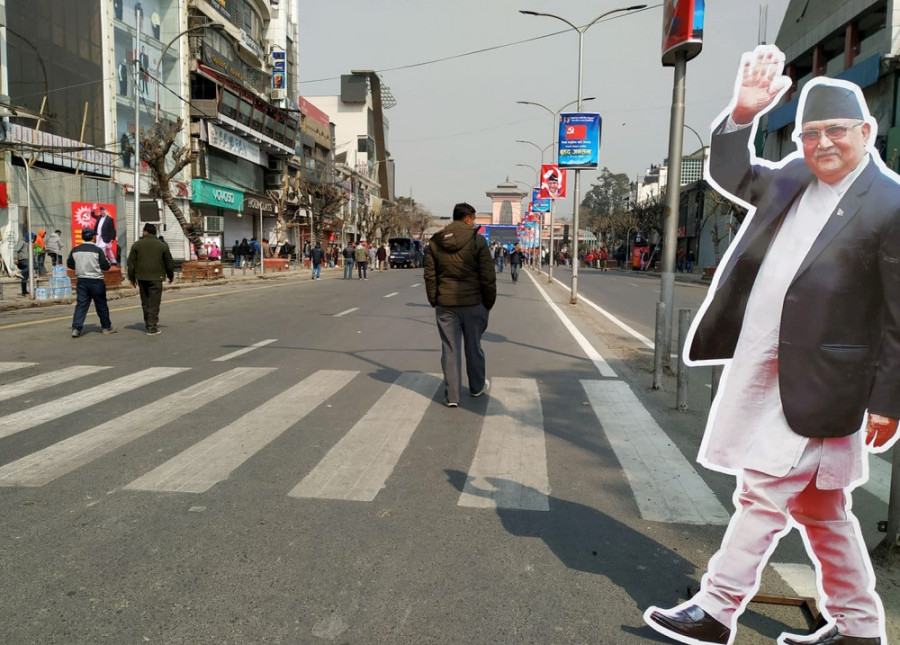
Prithvi Man Shrestha
It is indeed rare in the world, unless they are dictators, for a living politician to have one’s statue to be put up.
But democratically elected Prime Minister KP Sharma Oli will get this rare honour with a statue of his at China-Nepal Friendship Industrial Park being built in his home district of Jhapa.
The industrial park is expected to host enterprises producing transportation equipment including electric vehicles, textile and garments and food processing, among others. To be built in 2,100 bighas (337.17 hectares) of land, the estimated cost of the project is Rs63 billion, the funds largely coming from China.
Lhasa Economic and Technological Development Zone Investment Development Co Ltd and Jing Ping Joint Creation Construction Project Development Co Ltd from China will work on this project.
During the foundation laying ceremony of the park by the prime minister Oli on Sunday, Govinda Thapa, chairperson of Damak Clean Energy Park, the Nepali joint venture partner, announced that a statue of Oli would be installed at the project site soon ‘on the behalf of the people’ with the sobriquet ‘Baa of Industrial Revolution’ or ‘Father of Industrial Revolution’.
Among his loyal supporters, the 70-year-old is known as KP “Baa”. “Baa” is a Nepali term for father.
At the ceremony on Sunday, Thapa went on to say in his speech that bowing in front of the statue would make a person successful in his or her venture.
“Any politician calling himself or herself a nationalist or one who talks about nation-building, but has to take oath by bowing to the statue in the future, to be able to translate his or her promises into reality,” Thapa, an active cadre of Oli-led faction of ruling Nepal Communist Party.
Such audulation of Oli follows a similar incident in India. On February 24, Motera Stadium in Ahmedabad, Gujarat, the world’s largest cricket stadium with capacity of 110,000 was renamed after Indian Prime Minister Narendra Modi.
The stadium was earlier named after India’s illustrious independence struggle leader Sardar Vallabhbhai Patel. Modi himself faces the accusation of running an electoral dictatorship in India.
It was at the same stadium from where former US President Donald Trump made an address when he visited India last year while the United States was facing the initial ravages of the Covid-19 pandemic.
It is not that statues of leaders are put up and various institutions are not named after them. But this happens after their deaths.
In Nepal, various colleges, academies, hospitals, foundations and government schemes have been named after the deceased political leaders. For example, B.P Koirala Institute of Health Sciences, G.P. Koirala Foundation, Manamohan Memorial College, Madan Bhandari College, Bishweshwor for the Poor scheme among others.
“I cannot recall any statue of the politician being installed, at least after restoration of democracy 1990, while they were alive,” said Lok Raj Baral, former professor of political science at Tribhuvan University. “ But, the planned installation of Oli’s statue indicates that he is treading on the path of the feudal kings and Ranas under totalitarian regimes of the past.”
There are statutes of Tribhuvan, Mahendra and Birendra, kings of the Shah dynasty in Kathmandu and Ranas had their statutes on roads too which were later shifted inside Tudikhel in Kathmandu after 1951.
Analysts say even though monarchy, an institution considered a symbol of feudalism, was abolished by the first meeting of the Constituent Assembly in 2008, feudal culture in the political parties and the wider society continues to exist.
“The decision to install Oli’s statue at the industrial park is a reflection of wider culture of worshiping power,” said Baral, who is also a former Nepali ambassador to India.
What is concerning is ever since Oli assumed office in February 2018, he has been displaying authoritative streaks and he seems to have misconstrued the electoral mandate as the authority to rule with an iron fist, according to analysts.
Immediately after being elected, the Oli administration tried to curb civil liberty by imposing bans on protests at Maitighar. He then took some crucial agencies like the National Investigation Department, the Department of Revenue Investigation and the Department of Money Laundering Investigation under the Prime Minister’s Office.
His government then tried to introduce a series of bills aimed at curtailing media freedom and freedom of expression shrinking civic space. Oli has never concealed his contempt for the media, chiding journalists and reports that have been critical of his administration to account on multiple occasions.
Along with dissolving the House of Representatives on December 20 last year, which has now been restored by the Supreme Court, Oli could succeed in making appointments of his chosen persons in key constitutional bodies such as Commission for Investigation of Abuse of Authority after bringing a controversial ordinance to amend an existing Act.
Many legal experts call these appointments unconstitutional as they were made in a way that the appointees would not have to face parliamentary hearings, a prerequisite for any constitutional appointment as per the constitution.
With Oli consolidating state power in his hands, now a statue of his is being installed in his home district.
“With Oli now consolidating power at the moment, he also may have preferred to have his statue being installed,” Bishow Bhakta Dulal ‘Ahuti’, a former Maoist leader who writes extensively on contemporary political and social matters, told the Post. “Rulers prepare groups of worshippers by using power and money. The followers then promote the culture of worshiping their master. This is a part of feudal culture.”
According to him, the tradition of installing statues of the kings or powerful figures began as they wanted to demonstrate their power for the foreseeable future through the statue as there was no modern technology such as photography.
Prime Minister Oli has also time and again displayed his tendency of a strongman. Arrangements are made so that a separate, elevated and more decorated seat compared to other leaders of the party is arranged for him at party meetings.
Only after Pushpa Kamal Dahal was elevated to the role of executive chairperson in December 2019, he was also allowed to sit in the same symbolic position as Oli. But now with Oli and Dahal leading two different factions of the Nepal Communist Party, Oli once again is the top honcho of his faction that is ruling the country.
But it is not only Oli, Dahal also has been accused of promoting the cult of the individual in the past.
When the Communist Party of Nepal (Maoist) led by Dahal launched a ‘people’s war’ in 1996, not many knew who he was. Dahal then was known only by his nom-de-guerre, Prachanda, aptly translated by the media as ‘The Fierce One’, even though there are many translations for the word.
In 2000, four years after the conflict officially began, Prachanda’s grainy picture as a stern-faced mustachioed man surfaced clad in revolutionary fatigues and was circulated in various propaganda pamphlets. Many doubted his very existence.
In 2001, the Nepal Army produced a grainy photo of a bearded man holding a walking stick, his eyes seemingly closed in concentration. In fact, then the Communist Party of Nepal (Maoist) itself had made public a picture of Dahal in the name of establishing leadership among the masses.
A political ideology introduced under his name ‘Prachandapath’ had also drawn criticism, particularly from his immediate comrade in arms, Baburam Bhattarai, in his 13-point note of dissent when the insurgency was at its peak in 2005.
Dulal said even though there were some novel ideological elements in Pracahndapath, it was not a good idea for political ideology to be named as Prachandapath.
But the plan for Oli’s statue is not a bad thing, his supporters say.
“Although I don’t think the prime minister himself ordered his statue to be installed at the industrial park, if people want his statue to be installed there for his role in bringing the project there, it should not be taken negatively,” said Satya Narayan Mandal, a close ally of Oli, who was recently appointed as coordinator for Province-2 of the Oli faction of Nepal Communist Party.
“Normally, statues of someone contributing to the nation greatly are installed after his or her death,” said Mandal. “But the installation of a statue of someone contributing greatly to the nation when he or she is alive should not be considered as a bad thing.”




 11.12°C Kathmandu
11.12°C Kathmandu

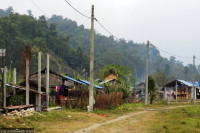

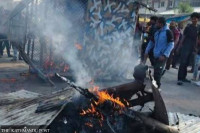
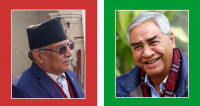
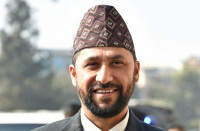







%20(1).jpg&w=300&height=200)

